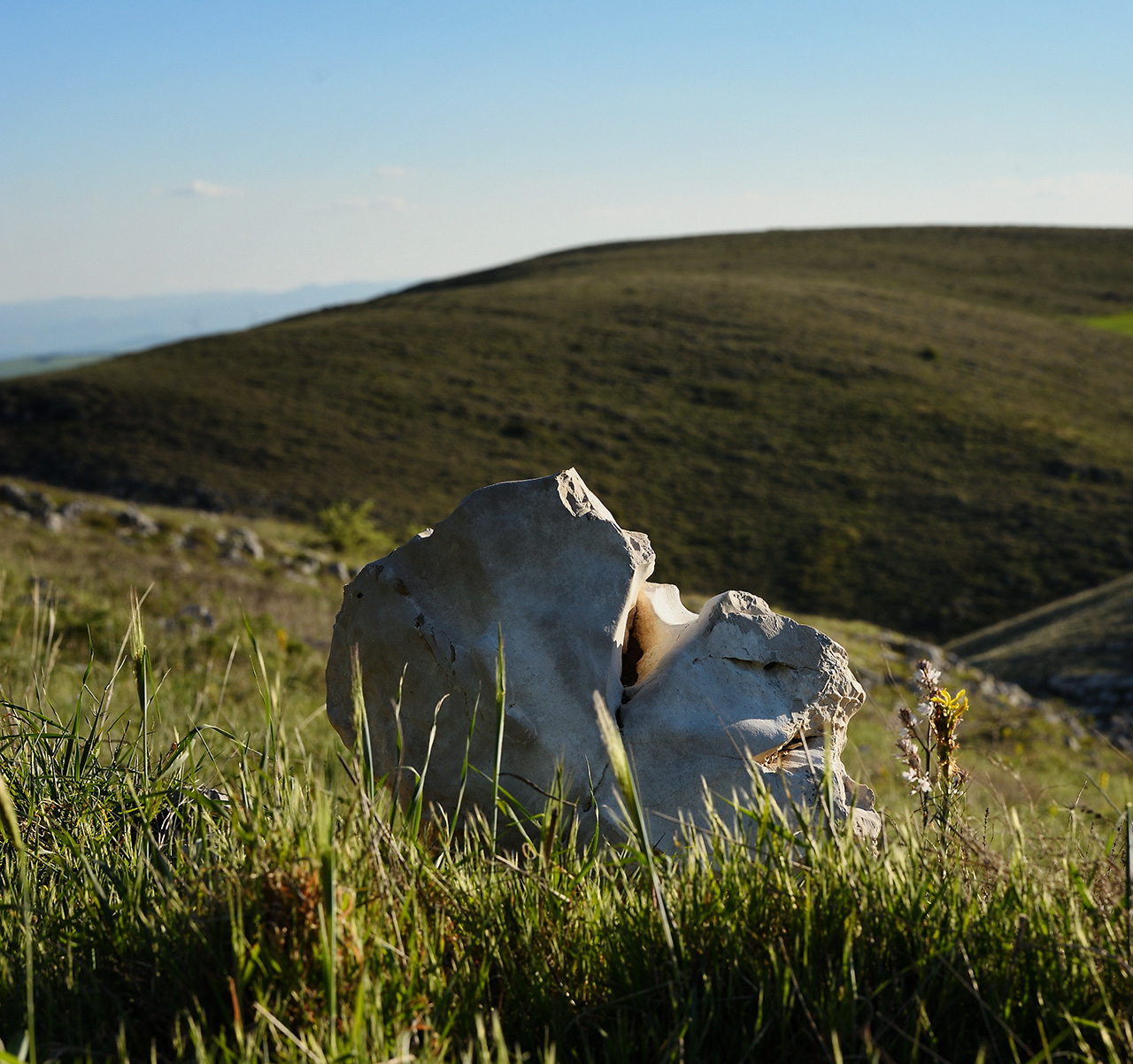Geology and biodiversity
The richness of species found in the Alta Murgia and in the Premurge areas lies in the extraordinary geodiversity of the lithotypes and landscapes that Murgeopark, the Aspiring UNESCO Global Geopark, is committed to protecting and making known. The territory is divided into two geological provinces: Murgia and Premurgia, each with distinct characteristics. The Murgia, arid and lacking surface water, contrasts with the Premurgia, where water is more abundant. These differences, combined with the variability of altitudes and climatic conditions, have resulted in a unique ecological diversification.
Each ecological niche finds its origin in a specific lithotype, and this allows plants and animals to adapt and differentiate. In the Park territory, for example, geodiversity has created habitats that are home to more than 130 species of amphibians, reptiles, mammals and birds, with about 75 species of nesting birds. Animals take refuge in the roughness of the rocky substrate or live in close symbiosis with plants that thrive on the ephemeral ground covers typical of the Murgia plateau.
The flora, favored by sudden environmental changes, is equally diversified: about 1,500 spontaneous floral species are recorded, representing 25% of the species present in Italy. A distinctive feature is the lack of surface water in the Murgia area, which is due not so much to the climate as to the karstification that characterizes the limestone massif of the plateau. This phenomenon causes groundwater to flow deep without hardly ever interfering with the surface, creating an ideal terrain for steppe habitat.
Mosses, mushrooms and grasses thrive in this context, including endemic species such as the Stipa austroitalica, also known as “fairy flax,” and the cardoncello mushroom, which lives in symbiosis with plants such as the thistle and the ferula. In addition to endemic species that include numerous spontaneous orchids such as Ophrys murgiana, there are trans-Adriatic species such as the silvery sage, the southern rampion, the Apulian bellflower, the ceres and the pennywort. Endemisms related to the particular geological substrate are also observed among the tree species and cultivars related to agriculture. The genera Prunus and Quercus, for example, show greater biodiversity in this region than in the rest of the Mediterranean. Where limestone has been eroded by karstification, caves and sinkholes open up, expressions of limestone alteration minerals.
These obscure habitats are the realm of chiroptera (bats) and troglobe insects, such as Italodytes stammeri, and host microlandscapes of lichens and cyanobacteria. Karst cavities, along with ephemeral ponds, abandoned quarries, anthropogenic hypogea, and uninhabited farms, provide shelter for higher vertebrates such as the common toad, emerald toad, green frogs, Canidae such as foxes and wolves, and Mustelidae such as beech martens, weasels, and badgers, which need shade and water during dry periods.
In the Premurgia, along the Bradanic Trench, limestones dip below the Apennines, creating a large, now dry basin where the calcareous substrate gives way to calcarenitic or siliceous sediments.
It will be common to admire the Red Kite in flight, whereas where there is water flowing on the surface you can spot species such as the Italian Newt and numerous other expressions of the fauna and flora of the area.
These sediments not only shaped natural habitats, but also profoundly influenced the agricultural traditions and architecture of the municipalities in the Murgia and Premurgia area.












